The process of organizing data involves keeping research materials and files in a way that makes them easy to locate and understand. This involves labeling and arranging files to facilitate finding them, linking materials and files in a meaningful way and ensuring that metadata and descriptions are clearly linked and correlated with the files.
No matter if the files are stored in a folder hierarchy or as individual files, it is important to consider the way they will be organized and labeled. Choosing a consistent file naming system can ensure that all information and materials are easily identified in the future, and it is important to remember that many disciplines have their own guidelines for this. A brief text or README file added to the folder can also be useful.
It is crucial to plan out the folder hierarchy and the naming conventions before starting any project. These guidelines should be documented and shared with colleagues, and could be incorporated into the on-boarding documentation for new members of an research team.
A good data governance system can save a company money over the long term by increasing transparency and eliminating the amount of waste. Data errors can cost organizations substantial sums of money, and it is estimated that inaccurate or incomplete data costs US businesses 15% to 25 percent of their revenue every year. Adopting dependable software that aids in the creation, management and cataloging of data can help to alleviate these issues.
